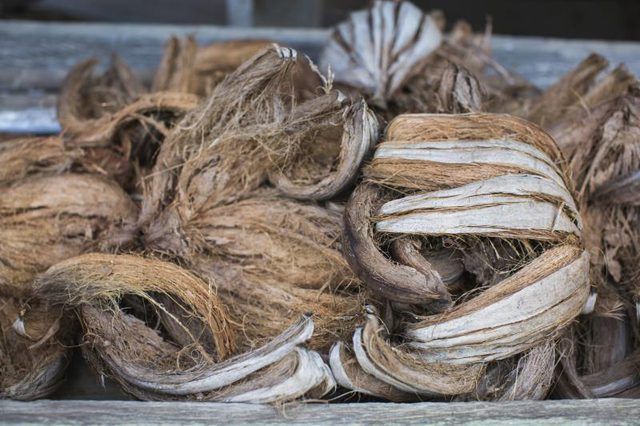Bulbs
Flower Basics
Flower Beds & Specialty Gardens
Flower Garden
Garden Furniture
Garden Gnomes
Garden Seeds
Garden Sheds
Garden Statues
Garden Tools & Supplies
Gardening Basics
Green & Organic
Groundcovers & Vines
Growing Annuals
Growing Basil
Growing Beans
Growing Berries
Growing Blueberries
Growing Cactus
Growing Corn
Growing Cotton
Growing Edibles
Growing Flowers
Growing Garlic
Growing Grapes
Growing Grass
Growing Herbs
Growing Jasmine
Growing Mint
Growing Mushrooms
Orchids
Growing Peanuts
Growing Perennials
Growing Plants
Growing Rosemary
Growing Roses
Growing Strawberries
Growing Sunflowers
Growing Thyme
Growing Tomatoes
Growing Tulips
Growing Vegetables
Herb Basics
Herb Garden
Indoor Growing
Landscaping Basics
Landscaping Patios
Landscaping Plants
Landscaping Shrubs
Landscaping Trees
Landscaping Walks & Pathways
Lawn Basics
Lawn Maintenance
Lawn Mowers
Lawn Ornaments
Lawn Planting
Lawn Tools
Outdoor Growing
Overall Landscape Planning
Pests, Weeds & Problems
Plant Basics
Rock Garden
Rose Garden
Shrubs
Soil
Specialty Gardens
Trees
Vegetable Garden
Yard Maintenance
How to Mix Coconut Coir in Potting Soil
How to Mix Coconut Coir in Potting Soil. A byproduct of processing coconut husks, coconut coir is an alternative to using peat moss as the organic component in hand-mixed potting soil. Coir can be easier to wet than peat moss and is used in the same ratios as peat moss in soil mix recipes. Coir is rich in potassium and contains micronutrients of...

A byproduct of processing coconut husks, coconut coir is an alternative to using peat moss as the organic component in hand-mixed potting soil. Coir can be easier to wet than peat moss and is used in the same ratios as peat moss in soil mix recipes. Coir is rich in potassium and contains micronutrients of iron, copper, zinc and manganese, so less fertilizer containing potassium can be mixed into the potting soil initially. It is not as acidic as peat, depending on the source, so the pH of a coir potting soil may need to be adjusted by other means if you grow plants that prefer acidic soil.
Coir Potting Soil Recipes
Coir is sold in dry blocks that must be soaked in water before use. Usually, you soak the blocks for around 15 minutes, during which time they will increase in volume up to seven times their original size. Be sure to soak the coir in a large container due to its expansion. For planting seedlings, mix 2 parts coir with 2 parts compost and 1 part perlite. For a more general organic potting soil, mix 1 part coir with 1 part of well-aged compost,1 part humus and 1 part builder's sand. Leftover coir can be covered and stored for several years without losing its helpful properties.
Uses and Drawbacks
Coir holds up to 30 percent more water than peat, making it a suitable alternative for potting soil mixes in hanging baskets or containers that have a tendency to dry out quickly. Once in the dry state, coir wets more easily than peat. One of the drawbacks with using coir is it has a tendency to retain more soluble salts than peat potting mixes. Containers with a coir-based soil may require flushing with fresh water more frequently due to retained salts than those using a peat-based mix.